Headphones for Haiti
EPAC HAITI, INC. has partnered with Monster, Inc. and top Haitian master painters to create a limited and exclusive line of hand painted headphones from Monster’s Inspiration line of headphones. Each headphone is one of a kind and hand painted by some of the most revered Haitian master painters whose works are recognized and are in high demand around the world. Here's your chance to own a pair!
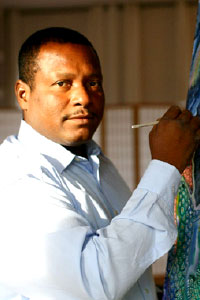
Frantz ZephirinHis style is unique among the painters of the Northern School. He describes himself as a "Historic Animalist". Expand to see more ››
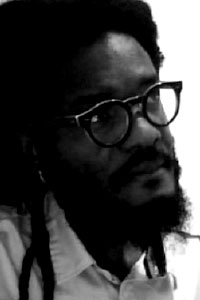
JOSEPH EDDY PIERREMuch of Joseph Eddy Pierre’s art deals with identity, trans-cultural existence, and African-Diasporic rituals. Expand to see more ››

Levoy ExilExil's paintings are mystical and abstract and often depict Haitian Vodou Loas, suns and stars, birds, and Marassas. Expand to see more ››
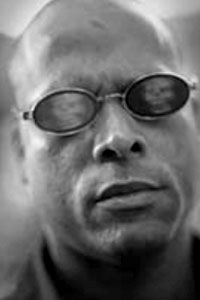
Mario BenjaminMario is one of Haiti's leading contemporary artists. Using videos and multimedia, and paintings and other mixed media he addresses issues of identity, ethnicity and race. Expand to see more ››
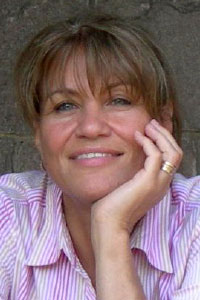
Patricia BrintlePatricia's approach to painting is varied and reflects her feelings at the moment. Expand to see more ››
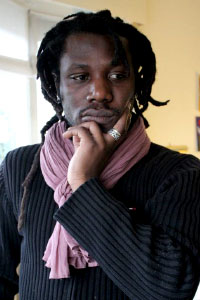
Pierre Pascal Merisier AKA PasköPaskö has a plural training. He was the recipient of a grant from the French government to study printmaking in Montpellier. Expand to see more ››
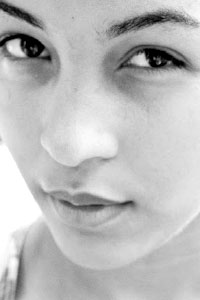
Yael TalleyrandI don't make art about anything in particular; I am more interested in ways of making art and ways of communicating through it. Expand to see more ››
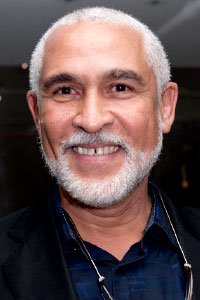
Philippe DodardPhilippe's works have been exhibited throughout Europe and the Americas. He received the first prize in drawing at the Junior Seminary of St-Martial's College in 1966. Expand to see more ››
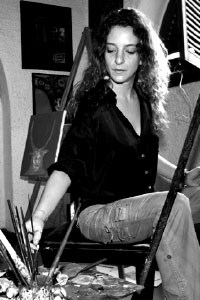
Pascale MonninPascale Monnin, is a wonderful artist. She received an intensive art education in Geneva, studying sculpture, painting and printmaking. Expand to see more ››
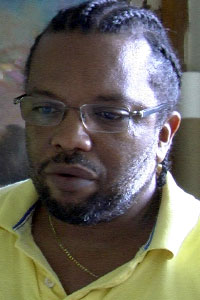
Richard BarbotRichard Barbot is what you call a complete artist with proficient skills as a musician and a painter. Expand to see more ››
EPAC HAITI, INC. has partnered with Monster, Inc. and top Haitian master painters to create a limited and exclusive line of hand painted headphones from Monster’s Inspiration line of headphones. Each headphone is one of a kind and hand painted by some of the most revered Haitian master painters whose works are recognized and are in high demand around the world. Monster donated about 100 headphones and 10 will be auctioned live on June 25th, 2014 through a silent auction at Open House Gallery in New York City. The remaining headphones will be auctioned on eBay. Monster's support on this initiative fosters the fusion of technology and art. The goal is to create a positive awareness towards the country of Haiti and its rich art culture. The funds raised will go towards the construction fund of EPAC Haiti and the launch of EPAC Haiti's performing arts social programs targeting children living in remote locations in Haiti. This initiative does not purport to raise the full amount needed to build EPAC HAITI.
EPAC Haiti represents the evolution and transformation of a new and successful Haiti. EPAC envisions a modern and respected Haitian society driven by its rich cultural heritage. Our goal is to exploit the wealth of Haitian art culture by building a world class performing arts and convention center in the heart of Haiti.
EPAC plans to be the voice and platform for Haiti’s youth and artist community; artists will showcase their talents deeply rooted in their cultural lineage to the entire world. EPAC Haiti will be a cultural hub and entertainment destination for Haiti’s people and Haiti’s tourism sector. The center will include a 3,000 seat concert hall, a state of the art convention center, a school for performing arts, art studios, dance studios, museum, gallery, a 500 seat theatrical theater, artisans market, and much more. With this initiative, EPAC will promote economic development by creating jobs and providing the highest caliber of arts education in the Caribbean.
EPAC Haiti, at the core, will initially launch as a social preforming arts development program in Haiti. EPAC will adopt town-by-town and develop art programs that empower education and harness the talents of Haitian youths. We look to transcend the mindsets and open the eyes of participating youths to new experiences and innovative ideas. The end result is to expand the endless possibilities for those living in locations where typically they would not have direct access to our programs.
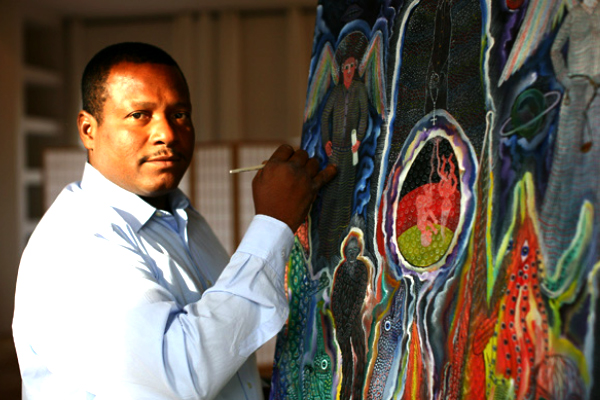
Frantz Zephirin
Zephirin was born in Cap Haitien, Haiti on December 17, 1968. By his reckoning, he is the 24th of 48 children sired by his architect father (with 19 different women). As a toddler he sat and watched his uncle, the Haitian painter Antoine Obin, as he worked. By the age of seven, Frantz was filching paint in bottle caps to do his own paintings. Within a year he was selling paintings to the tourists from cruise ships that docked in Le Cap in those days and by age thirteen, lying about his age, he was selling work to galleries. Eventually he moved to Port-au-Prince and became associated with the Galerie Monnin.
His style is unique among the painters of the Northern School. He describes himself as a "Historic Animalist." He is entirely self-taught. Unlike many Haitian painters, he usually titles his paintings. Zephirin counts among his influences Leonardo da Vinci, James Darwin and the Lost Continent of Atlantis. His work is shown internationally. In October 1996 he was awarded the gold medal in the Third Biennal of Caribbean and Central American Painting, sponsored by The Museum of Modern Art of the Dominican Republic. This competition featured 144 artists from 37 countries in the region. He was one of five Haitians to be included in the V Biennal in Cuenca, Ecuador in 1996. Two of his paintings are featured in the wonderful show "Sacred Arts of Haitian Vodou" that toured the USA in 1997 and 1998. One of his paintings is featured on the cover of the bestseller "The Immaculate Invasion" by Bob Shacochis. His work was shown by the American Visionary Art Museum (Baltimore) in the exhibits "Holy H20" in 2005 and "Home & Beast" in 2006-2007. Zephirin lives outside of Port-au-Prince, but travels extensively.
After a very close call with the earthquake, Zephirin immediately went back to work recording his visions of a violently transformed world. His painting “The Resurrection of the Dead“ was the arresting image chosen for the January 25th cover of the New Yorker magazine. Since the earthquake Zephirin has been featured in stories in the New York Times, Le Monde, the Wall Street Journal, the Los Angeles Times, the Times of London, the Guardian and the BBC - website and broadcast. During March through May, 2010, Zephirin has been exhibiting his work in the exhibit Haiti Art Naif: Memories of Paradise? at the art center Denkmalschmiede Hofgen in Gimma, Saxony, Germany. A portion of the sales of Zephirin’s work will be donated to Haitian earthquake relief.


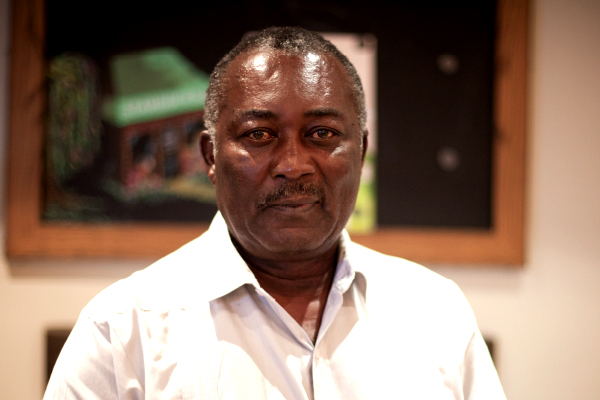
Levoy Exil
Levoy Exil was born in 1944, in Fermathe, Haiti. He is a master Haitian artist and painter; He is one of the main contributors to the Saint Soleil art movement.
Exil's paintings are mystical and abstract and often depict Haitian VodouLoas, suns and stars, birds, and Marassas. His painting style is primitive and dreamlike and employs the Pointillism technique of applying small, distinct dots in a pattern to reveal an image. There are rarely unused portions of the canvas in his works and he draws from African, Haitian, and Vodou influences.
Along with Prospere Pierre-Louis, Dieuseul Paul, Denis Smith, and Louisiane Saint Fleurant he formed the renowned Cinq Soleil (Five Suns) art movement. The Five Suns group formed out of the Saint Soleil movement, of which Levoy Exil was a member and master painter.
His work is well regarded by collectors and has been exhibited in France, Rome, the United States, and parts of Asia. Haitian Art historian, Seldon Rodman, referenced Exil's paintings in his book “Where Art is Joy: Haitian Art: The First Forty Years.”
In 2010, Exil was featured in a CNN article after the earthquake that struck Haiti. Later that year the Smithsonian Institution sponsored the Folklife Festival in Washington DC which featured presentations and artwork by Levoy Exil and other prominent Haitian artists.


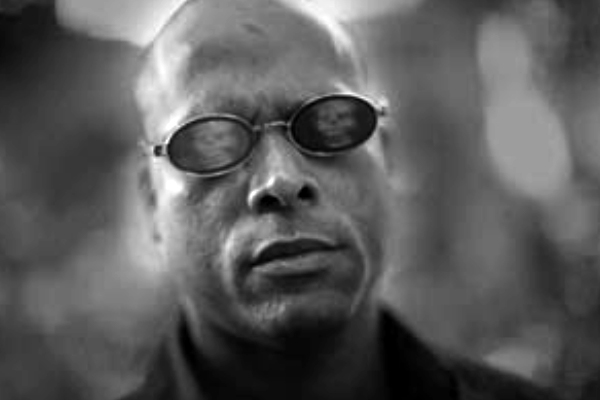
Mario Benjamin
Mario Benjamin was born in 1964 in Port-au-Prince to an architect father and a pharmacist mother. Mario is one of Haiti's leading contemporary artists. Using videos and multimedia, paintings and other mixed media, he addresses issues of identity, ethnicity, and race. As an artist, he aims to challenge the preconceived notions of the driving influences and interest of Haitian artists. Benjamin is a self-taught artist but has frequented museums and galleries in the United States of America, Europe, Africa, and Asia, exposing him to international contemporary trends in art. In 1984 he participated in Festival Arts in Haiti and since then has represented Haiti in numerous prestigious biennials including: Havana in 1997, Johannesburg in 1997, Sao Paolo in 1998, Venice in 2001, 2007, and 2011, The Gwangju Biennial in 2008, Dakart in 2010, and The Contemporary Art Biennial of Martinique in 2014. He lives and works in Haiti.


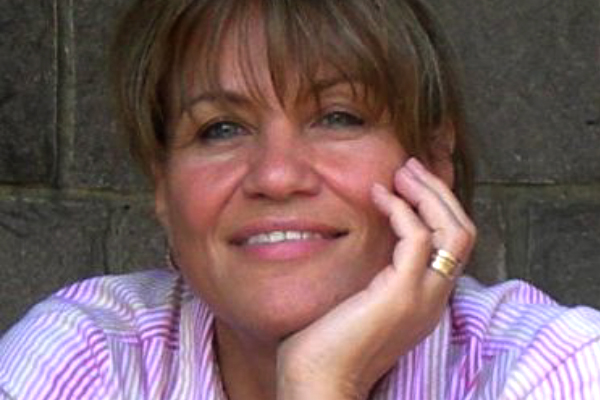
Patricia Brintle
Self-taught artist, Patricia Brintle, was born and raised in Haiti and immigrated to the United States in 1964. Although she has made the US her residence, her colorful style reflects her native land. Her approach to painting is varied and reflects her feelings at that moment. Brintle’s work is influenced both by personal and social experiences. Most of her portraits focus on the expression of the eyes and tell in one look the story of the person on the canvas.
She favors bright, vivid and vibrant colors and uses much symbolism in her work. Her medium is as varied as her subjects but she prefers acrylics because of its diversity. Brintle is a member of the United Haitian Artists and the Brooklyn Waterfront Artists Coalition. She exhibits in New York, Florida, Connecticut, Illinois, and California. She is represented by Agora Gallery in Chelsea NY, Medalia Gallery in NY, Nader Haitian Art in NY, Artists Haven Gallery in FL, Gallore Gallery in CT, Nicole Gallery in Chicago, and the Bridgeman Art Library in London, UK.


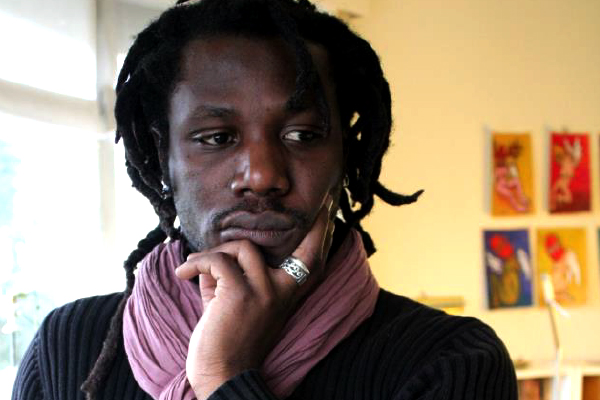
Pierre Pascal Merisier AKA Paskö
Paskö has a plural training. After studying painting and drawing in the art workshops of the Ecole Sainte Trinité (1994-1996), he started attending the workshop Kay Tiga in 1997. He then progressively got trained in linocut, monotype, and ceramics (with Lissa Jeannot).
In 2006, he was the recipient of a grant from the French government to study printmaking in Montpellier.
In 2010, after the earthquake, he participated in a show selling artwork at the restaurant L’Espace-Temps in Carcassonne, France to benefit Haiti.


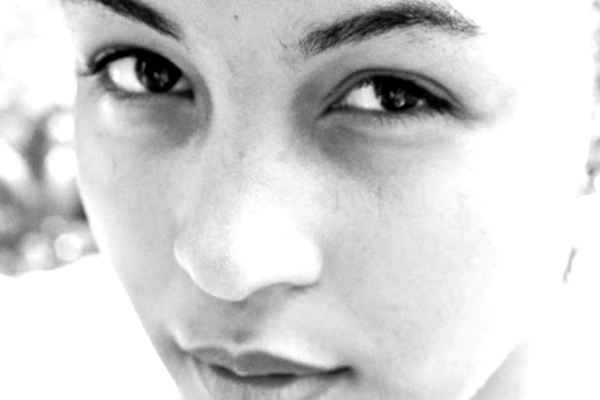
Yael Talleyrand
I am a 20 year old, Haitian-based artist.
I wrote a normal artist bio/statement but cannot get myself to post it for I am really uncomfortable with referring to myself in the third person. And to be honest, the reason why I make art is to ultimately not have to communicate verbally.
I don't make art about anything in particular; I am more interested in ways of making art and ways of communicating through it. The human figure is the one common thing between all of my pieces. My art and my overall experience with life is really people oriented. It's always been interesting for me to talk about the different ways there are to feel about others, and the things there are to appreciate, hate or learn about them. Having spent years far away from people my age that I could interact with, had a huge impact on my ability to pick up on social cues as well as my interpretation or even awareness of certain clichés. Images and symbols, however, seemed to me like a clearer way of getting a message across, because when you remove the connotation or the context, all human emotions are pretty universal. I even find that I am able to convey way more in a sketch than with sentences. It took me a lot of time to realize that most things I made art about, I had a really hard time having conversations about. And when I expressed things visually, people were more open to understanding what I was saying since they were able to have their own perception of it, rather than being limited by words. Starting to view art as more of a tool for communication enabled me to stop trying to pick a major, or a specific medium, but rather, considering being able to use different media, as being fluent in multiple languages. Just… Just go look at the images.


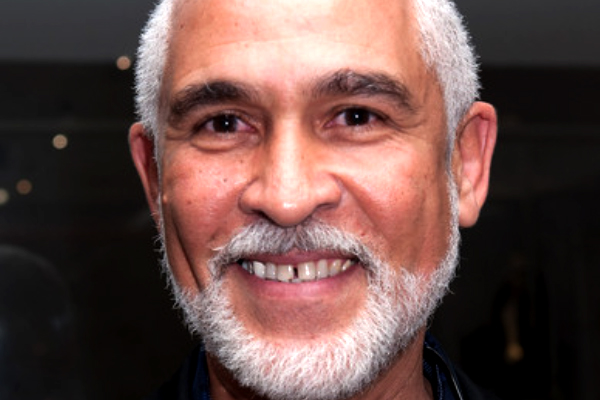
Philippe Dodard
Philippe Dodard (born 1954) is a Haitian graphic artist and painter. Born in Port-au-Prince, Dodard worked as an advertising illustrator. His works have been exhibited throughout Europe and the Americas.
He received the first prize in drawing at the Junior Seminary of St-Martial's College in 1966. He studied at the PotoMitan Art School with Jean-Claude "Tiga" Garoute, Patrick Vilaire, and Frido Casimir. In 1973, he entered the Academy of Fine Arts. Then he worked as layout artist and founded a studio of audiovisual graphic arts. In 1978, he received a scholarship to the International School in Bordeaux, France, enabling him to specialize in Pedagogic Graphic Design. Two years later he received a scholarship from the Rotary International Foundation and left on tour with the Group Study Exchange of Haiti to give conferences on Haitian culture. His artwork has evolved to include large sculptures, fine iron works and fine jewelry design. Philippe Dodard is a leading contemporary artist of the Caribbean and the African Diaspora. His artistic evolution was a series of steps, leading to major solo and international exhibitions including, Arte Americas (2008), the Venice Biennale (1999), Biennale of Latin American Drawings, Santo Domingo (1997), and the Biennale of Caribbean and Central America Art, Dominican Republic (1996). Dodard attained international prominence by rejecting the ‘primitive’, ‘naïve’ classification that dogged Haitian art. His paintings— Eternité de Mes Songes, Parole d’Ile (2005), Flûte Enchantée (1999), the Kosovo series, Femme aux Trois visages (1989), and Syncretism (1991)—are not any kind of works, states Michelle Frisch, Director of the Marassa Gallery in Port-au-Prince, Haiti. “They were like mnemonic devices . . . created at a moment of Philippe’s coming to term with the forces that texture the Caribbean ethos.” Dodard superbly blended Haitian, Caribbean and African iconographical elements to create deep complex forms. His recent choice of themes, Initiation, Consternation and Baron-Samedi reflects his transformation into “a human Poto-Mitan,” the channeling pole at the center of the Vodun temple through which the spiritual forces descend to the oumphor (temple). Dodard’s strong graphic ink wash paintings inspired Donna Karan’s Spring 2012 Collection. The MOCA exhibition brings together dresses from the Donna Karan Spring 2012 Collection with Dodard’s paintings.


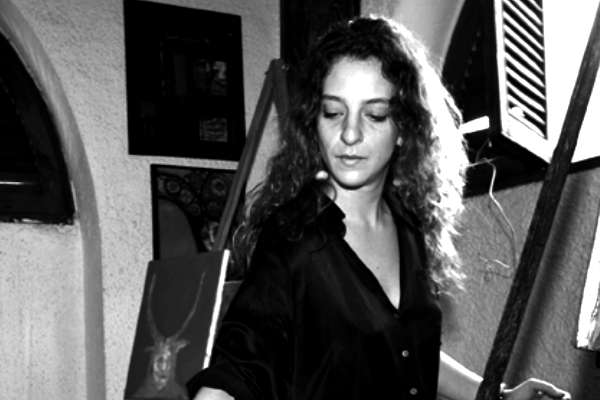
Pascale Monnin
Pascale Monnin is a wonderful artist. She was born in Haiti in 1974, then she moved to Switzerland in 1977. She received an intensive art education in Geneva, studying sculpture, painting, and printmaking. In 1994 she returned to live in Haiti, where her uncle and aunt opened the Gallerie Monnin. Her paintings, prints, and instillations are pure magic. These ambiguous universes she creates, are infused with themes of death, life, and the dream state. The naive art scene of Haiti, mixed with the voodoo culture, and Pascale’s European background, are the perfect ingredients for soulful art.

